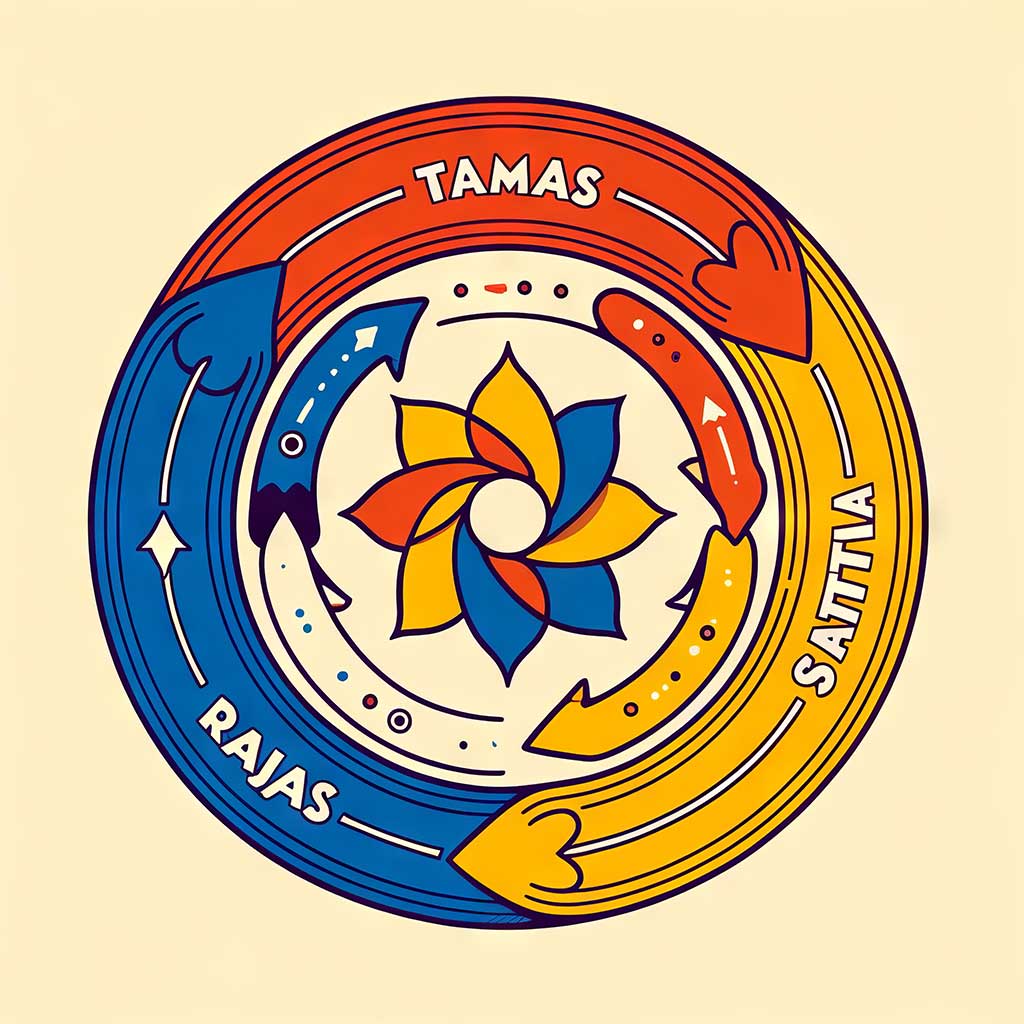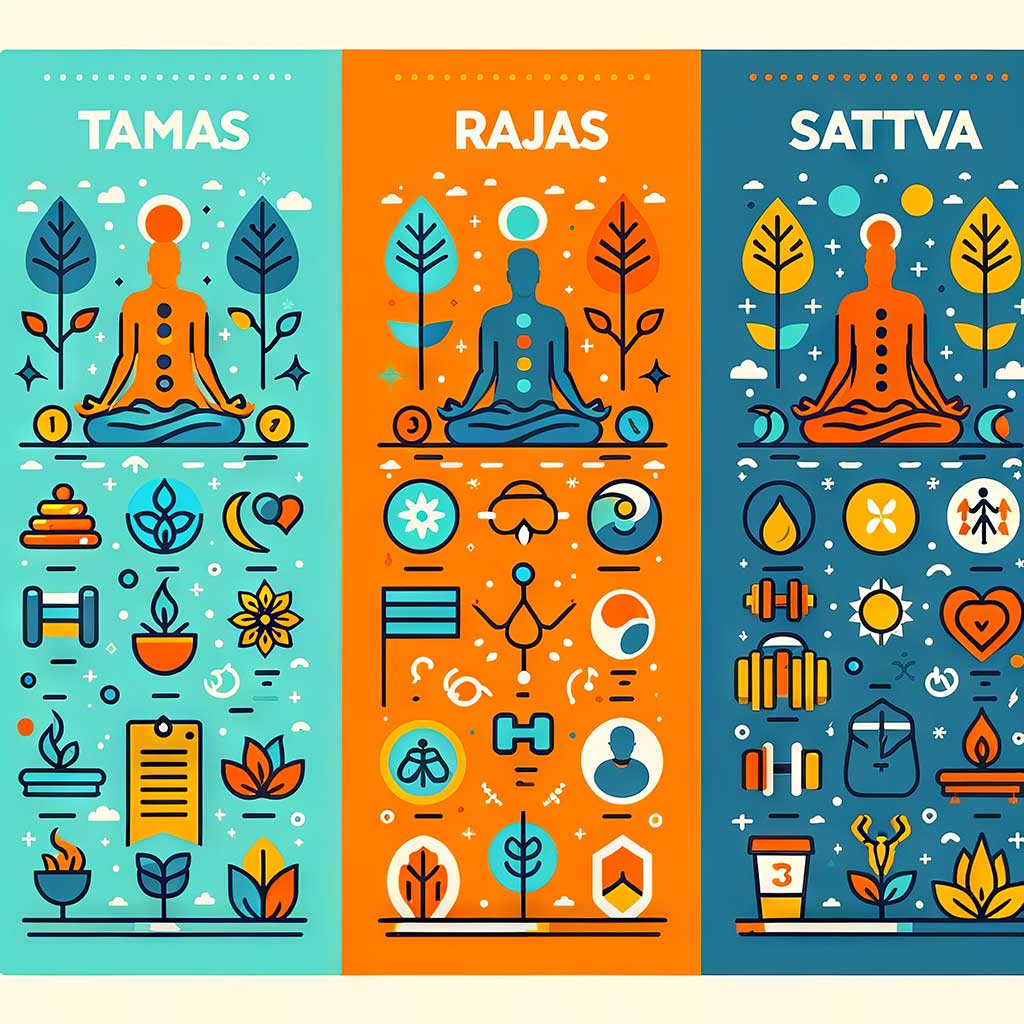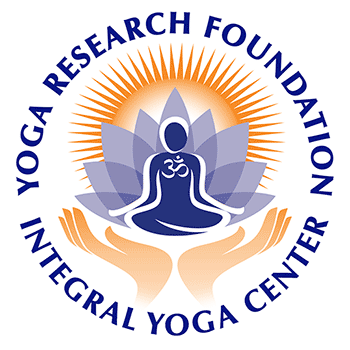Series – Unlocking the Self: A Journey through Raja Yoga with Sri Swami Jyotirmayananda
Introduction to Part 6: Building on the Foundations of Integral Yoga
As we progress through “Unlocking the Self,” inspired by Sri Swami Jyotirmayananda’s “Integral Yoga – The Secret to Enlightenment,” we revisit the foundational teachings of Raja Yoga that have shaped our understanding up to now:
Part 1: Foundations of Inner Exploration
We introduced the Yamas, the ethical principles that guide interactions with the world, providing a foundation for harmonious living and spiritual growth.
Part 2: Deepening Personal Practices
Exploring the Niyamas, we focused on personal disciplines like purity, contentment, and self-discipline, essential for nurturing an internal environment conducive to spiritual development.
Part 3: Building Ethical and Personal Disciplines
We explored deeper into the Yamas and Niyamas, emphasizing their critical role in preparing practitioners for more introspective and advanced yogic practices.
Part 4: Advancing Physical and Energetic Practices
The discussion shifted to physical and energetic disciplines, including Asana, Pranayama, and Pratyahara. These practices are vital for maintaining physical health and developing control over energies and senses, key for higher states of consciousness.
Part 5: Mastery of the Mind
We explored the internal practices of Raja Yoga—Concentration, Meditation, and Samadhi. These stages are crucial for achieving deep meditative states and ultimately, experiencing superconsciousness.
Each part of this series builds upon the last, creating a comprehensive pathway through the teachings of Raja Yoga as elucidated by Sri Swami Jyotirmayananda, guiding readers through the intricate journey of self-discovery and spiritual enlightenment.
Introduction to the Gunas
In Raja Yoga, a profound layer of understanding oneself involves the three modes of nature known as the Gunas: Tamas, Rajas, and Sattva. These fundamental qualities describe how energy operates within all creation, both material and mental, influencing personality and behavior deeply.

Exploring the Gunas
- Tamas (Inertia or Dullness): This quality is like the energy stored untapped within us, leading to states of laziness or pessimism when predominant. It manifests as a lack of motivation or a feeling of heaviness, often keeping one’s potential energies locked away.

Rajas (Restlessness or Activity): Rajas represents dynamic energy that drives action but can lead to agitation if unchecked. It is the force that activates and uses the energy initially suppressed by Tamas, creating movement and change. This can often appear as a burst of ideas or sudden motivation but may also lead to impulsiveness or dissatisfaction.

- Sattva (Purity or Harmony): Sattva is the balancing force that harmonizes and stabilizes the energy of Tamas and Rajas. When dominant, Sattva brings about clarity, calmness, and a sense of joy and contentment. It allows for the highest forms of mental and spiritual functioning.
The Interplay of Gunas
Just as a magnet has poles that attract and repel, the Gunas interact within the universe and within individuals to influence life’s dynamics. Understanding and balancing these forces is crucial for achieving personal harmony and spiritual growth.

Practical Implications
The transformation from Tamas to Rajas to Sattva involves recognizing and moderating these qualities in oneself:
- Sublimating Tamas: Transforming the energy of dullness into active, usable forms.
- Regulating Rajas: Channeling active energy towards productive, positive outcomes without allowing it to spiral into chaos.
- Cultivating Sattva: Enhancing the quality of harmony to stabilize both energy and consciousness.
Benefits of Understanding the Gunas
By recognizing how these qualities manifest in behaviors and moods, individuals can work towards a more balanced, harmonious state. This understanding not only enhances personal well-being but also aids in achieving deeper states of meditation and spiritual awareness.
Applying the Gunas to Deepen Spiritual Practice
We explored the three Gunas—Tamas, Rajas, and Sattva—and their influence on our personality and mood. These fundamental qualities operate at all levels of creation and directly impact our mental and emotional states.
Deepening Understanding of the Gunas
- Tamas to Rajas: This involves awakening from inertia to activity. Practical exercises might include setting specific, achievable goals that encourage small actions daily, gradually increasing activity levels in a controlled manner.
- Rajas to Sattva: Here, the focus is on channeling restless energy into harmonious and purposeful actions. Techniques could involve mindfulness practices that help maintain awareness of the present moment, reducing impulsivity and fostering a serene mind.
Cultivating Sattva: To enhance Sattva, integrate practices such as meditation, chanting, or engaging with nature, which promote clarity, peace, and contentment.

Practical Applications in Daily Life
- Balancing the Gunas at Work: Recognize when Tamas (procrastination) takes hold, and counteract it with Rajasic action (initiative-taking). Transition to Sattvic states by fostering a collaborative and calm environment.
- Relationship Dynamics: Understand the Gunas’ roles in interpersonal interactions. Cultivate Sattva by encouraging open, honest communication and empathy, balancing the Rajas-driven desires and Tamas-induced withdrawal.
Spiritual Growth through Guna Management
Managing the Gunas effectively can lead to significant advancements in spiritual practices:
- Enhanced Meditation Quality: By reducing Tamas and controlling Rajas, one can sit longer in meditation with fewer distractions, achieving deeper states of concentration.
- Increased Emotional Resilience: Sattvic qualities foster a stable and joyful mind that is less perturbed by life’s ups and downs, enhancing overall spiritual well-being.
Conclusion: Integrating Gunas for Holistic Development
Understanding and managing the Gunas is not just about personal or spiritual growth; it’s about achieving a balanced life that reflects harmony and insight in every action. As practitioners advance in their understanding of these qualities, they prepare themselves for deeper spiritual achievements.
Look Ahead
As we conclude our exploration of the Gunas, the next part of our series will explore specific yogic techniques that can help stabilize these energies, paving the way for advanced spiritual states and ultimately, the realization of one’s true Self.
Explore the depths of the mind with Swamiji’s detailed guide on ‘Raja Yoga Sutras,‘ available from the Yoga Research Foundation. This book is a key to transforming your inner self. Enhance your Integral Yoga experience by tuning into Swamiji’s inspiring lectures on the Bhagavad Gita, broadcast live every Sunday night at 7:30 pm EST on YouTube. Keep current and enrich your practice with updates on WhatsApp—click here to stay connected.

